It was as much of a success as it was problematic. But nobody can deny that the Korean version of "Boys over Flowers" became a phenomenon in South Korea and a successful adaptation for all of Asia.
During its airing, the series was constantly at the center of rumors, unfortunate incidents and controversies -- one of its actresses committed suicide, most of the main characters got injured in car accidents while rushing on tight shooting schedules and the show received warnings from the media watchdog for excessive product placement. "Boys" also received harsh criticism for its unrealistic plot and seemingly discontinuous storyline in parts.
But the 25-part series ended in a success, recording ratings of an average 30 percent while selling to 11 countries in Asia.
"Boys", based on a 37-volume Japanese comic series received a top manga award in 1996 and had been adapted into TV series in Japan and Taiwan.
10asia met with Bae Jong-byung, the planning director of "Boys" from production company Group Eight to get a closer look behind the scenes.
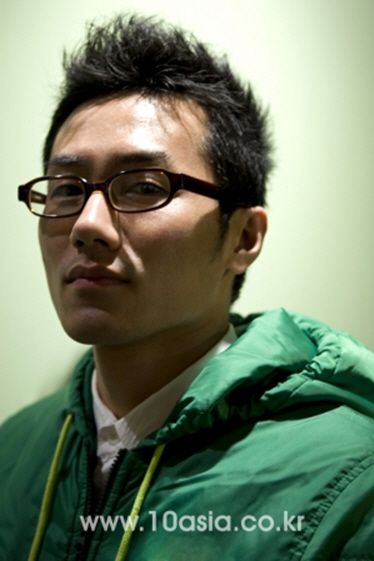 TV series "Boys Over Flowers" planning director Bae Jong-byung.
TV series "Boys Over Flowers" planning director Bae Jong-byung.
[Chae Ki-won/10Asia]10asia: How did you end up purchasing the rights to "Boys Over Flowers"?Bae: The planning team members at my company strongly recommended I read the comic series in early 2006. I finished it in a fortnight. I thought the plot was childish at first but I became increasingly intrigued and it turned out to be really fun, especially after I saw the Japanese and Taiwanese versions. I knew the original piece had been remade in several countries so I thought hard about what the merits would be to making it into a TV series and I believed the effect would be huge with a Korean cast.
10: It must have been difficult obtaining the rights to such a famous comic series.Bae: We got in touch with its publisher Shueisha and submitted a proposal simply saying we would make a great TV series. There had been Korean companies which had submitted blank checks or said they will cast top Asian stars but our company didn't have the sufficient funds to. Our company proposed an unbelievably low amount but surprisingly, the publisher accept the proposal without making any major changes to it. I think the publisher just wanted someone to do a good job of producing an adaptation of the original version since they had already made enough money off of it.
10: How did you expect to see profits? Since the Japanese and Taiwanese adaptations were such big hits throughout Asia, you must have known it wouldn't have made money simply by doing well in Korea.Bae: We didn't really look closely into how we would make money off of it but we did know that the drama would sell as a Korean adaptation of "Boys" rather than as a Hallyu drama. But as soon as we announced in a press release in March last year that we would make the drama, we were contacted by overseas buyers for two weeks requesting for pre-sales. We had expected some sort of response but it was greater than we had expected.
10: How did you finance the production cost of 6.5 billion won for the series? You started shooting even though a broadcaster and airing schedule had not been set.Bae: In the early stages, we only received investment of about 1 billion won. All the drama funds had been dying out due to deteriorated market conditions. And investors were not willing to make investments into a drama that hadn't decided on a cast with content they are not aware of. We had to go overseas for some of the scenes but we didn't have a wide range to choose from because of our tight budget. One of our company officials used their own credit card to buy our tickets to Macao.
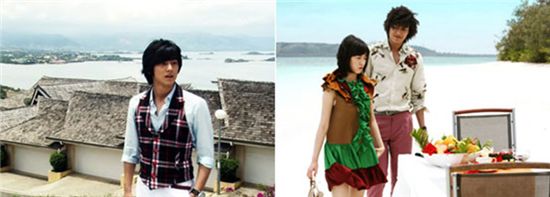 10: New Caledonia is a very unfamiliar spot to us and we heard that the actors had a hard time there.
10: New Caledonia is a very unfamiliar spot to us and we heard that the actors had a hard time there.Bae: We received various proposals from tourism organizations and agencies because "Boys" was a project known throughout Asia. Amongst them, we were looking to shoot in Dubai or New Caledonia because they hadn't appeared in Korean dramas before. But we decided not to go to Dubai for safety reasons. New Caledonia had looked beautiful in the information we had received but it turned out to be a difficult location to shoot at once we got there.
10: In what way?Bae: We had to take all the shooting equipment because nobody had ever shot a drama there before. We wrapped everything in dozens of wooden boxes but the airport and freighters at New Caledonia panicked saying they had never received such cargo before. And French was the main language there so we needed dual translation. Prices were also so high that a single sandwich cost over 25 dollars. On top of that, the weather turned bad when we got there so it rained all eight days we were there but the sun was out so some of the crew got sunburnt. We ended up shooting two episodes worth of the drama without almost no sleep. Most of the color you see in the video shot in New Caledonia was corrected. But we didn't receive the video for the part where you can look down on New Caledonia from up in the air. We paid the "Lord of the Rings" crew over 30,000 dollars to shoot it afterwards in good weather.
10: So why did you still end up choosing New Caledonia as one of the shooting locations despite all the trouble?Bae: With the Japanese and Taiwanese versions already a hit throughout Asia, we felt the need to create more sensational scenes. It felt like we were on a mission to make a 'national drama'.
10: The response was great as soon as it started airing. Had you expected it or what had you not expected?Bae: We got a 16 percent viewership rating for the first episode. Before it aired, I had declared we would see ratings of over 20 percent within the first four episodes but "East of Eden" was on at the time too so I didn't know the ratings would go past 30 percent. And in Japan and Taiwan, the role Kim Hyun-joong played had usually been popular but I was a bit surprised that the role Lee Min-ho played received more attention. And Kim had been a star opposed to Lee who had not been known that well.
 10: The structure of the story started to get shaky towards the end. Some episodes even ended at awkward moments.
10: The structure of the story started to get shaky towards the end. Some episodes even ended at awkward moments.Bae: We only had three commercials for the first episode but all 28 slots were filled in by the sixth episode. This shortened the ending point of the drama. The script was never late but these changes and the warning by the media watchdog… they all led to the incomplete endings.
10: You were criticized for excessive product placement.Bae: But we couldn't do without them at the time. We needed them for the production cost. In the past, a single bar added on the ending scene of an episode used to cost up to 300 million won but the market is dead now. We had to allocate the advertisement depending on what was in the episode that day.
10: What's the deal with your production contract with KBS?Bae: Each episode costs nearly 280 million won to make and we were usually provided about 150 million per episode. Of the total 6.5 billion won in production costs, KBS provided us with less than 1.5 billion won. So we needed foreign investment and product placement.
10: If the conditions were better, how would you improve on the series?Bae: The quality. There wasn't enough time to work out details between the producer and writer. It would have also helped to improve the picture and presentation. Time and money were always the main issues.
10: How are sales doing for the series?Bae: It's been sold to 11 countries in Asia. The series will be aired on cable TV in Japan starting April and then on terrestrial broadcaster TBS starting in July.
Jessica K
<ⓒ10Asia All rights reserved> 



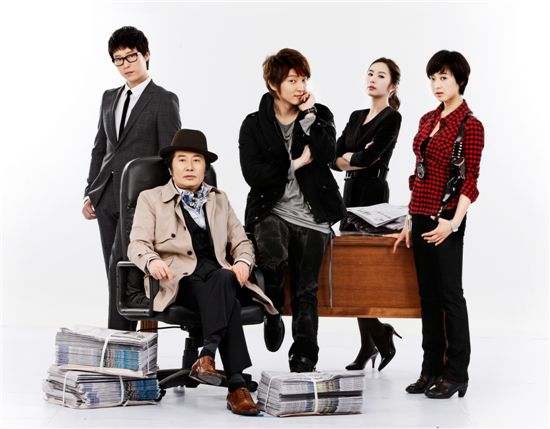
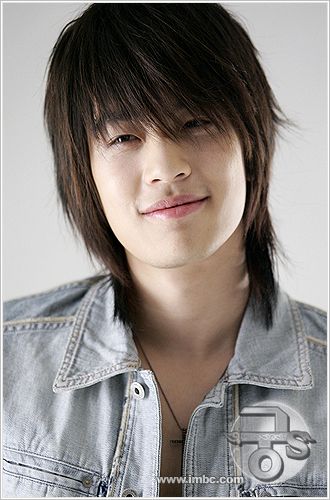
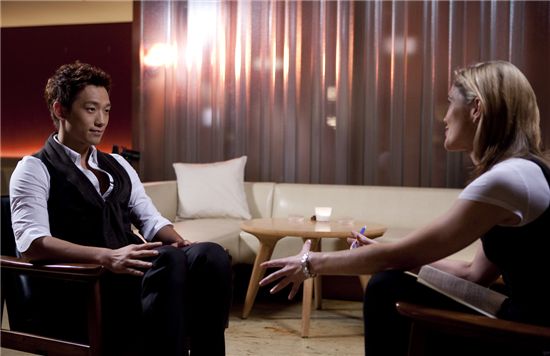




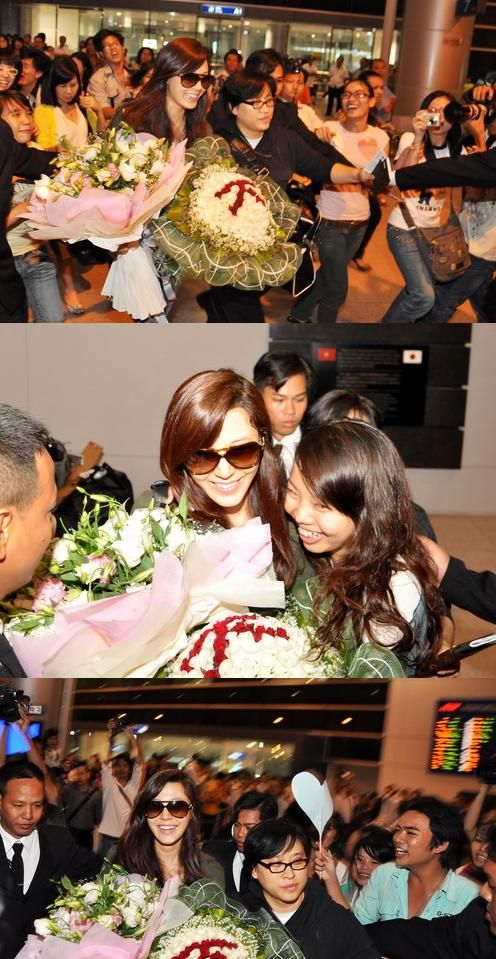


![[josh+hartnett+lee+byung+hun.jpg]](https://blogger.googleusercontent.com/img/b/R29vZ2xl/AVvXsEjD1jYPLwgTQvbezKLR8P-1P05a2atWlzPvxuC8-ApeQz9WIDTjd719OfOgJm64vPcfZQFGP9cc0vFuhuqBxMs3DGODS6Et0gNIJs6Gd358uIeUon1x5xCp-DeFStjbF5jqI2_aPpKl858/s1600/josh+hartnett+lee+byung+hun.jpg)
![[kimura+i+come+with+the+rain.jpg]](https://blogger.googleusercontent.com/img/b/R29vZ2xl/AVvXsEg7_3mwP2c2VW-_HmhEDy_6RgNOiMbmW4-RIA90tJCPo8moVGm72Fgv5nbt_a6k_wICaQ4EoDCqrbYee0LgTW6dJpcf5WVH03spFhFhW_fzmt3jalmMn6mbNkCXnxanwdDVkoCUbMD00i0/s1600/kimura+i+come+with+the+rain.jpg)
![[i+come+with+the+rain+2.jpg]](https://blogger.googleusercontent.com/img/b/R29vZ2xl/AVvXsEgccJK9dX_ADTrdSPKPu4RPGCS4qOpKhxnHiAq0H8N3qDlsDhqjhuxjpko8HLrsag-_p6NtRzrmWp6lo7HVHXqtw_ROTVHfBHN45Xf50NQmK1cV9zDFk-8rSj5Z8y9hNAmKBW1M-FLtFiU/s1600/i+come+with+the+rain+2.jpg)
